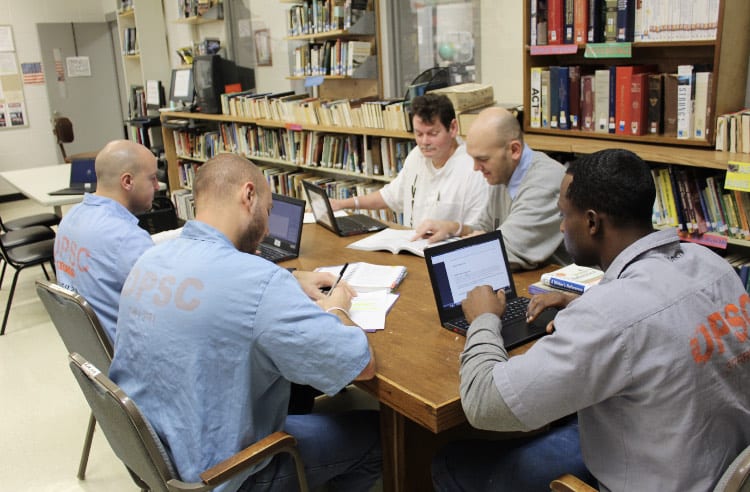By d-mars.com News Provider
College tuition bills are due right around the corner. It’s true that college can be expensive, but knowing all of the different financing options available and making a plan can help you and other parents find peace of mind.
However, it’s easy to feel overwhelmed as you and your child evaluate the options. According to a recent survey by College Ave Student Loans, 71% of parents feel overwhelmed by the cost of college. Fortunately, you can ease these stressors by exploring your options and selecting the ones right for you.
“Even with college funding plans in place, seeing your first tuition bill can be a shock,” said Joe DePaulo, CEO and Co-Founder of College Ave Student Loans. “After all, it’s one of the biggest investments you can make for your child’s future. Being aware of all the financing options that are available to you can help make the process less stressful and create a path forward on how to cover college costs.”
Finding the best option for you
The best payment methods will often depend on your financial situation, but before you make your decision, here are a few options to consider:
Federal student aid (FAFSA)
If your child is looking to apply for college financial aid, the first thing they should do is fill out their FAFSA form. The Free Application for Federal Student Aid (FAFSA) helps the federal government, states and colleges determine how much financial aid your child qualifies for, including accessing federal student loans.
The new 2021-2022 FAFSA form is available. And because some states and schools have limited funds, it’s crucial to fill out and submit your forms sooner rather than later.
If your family’s financial situation recently changed due to a job loss or a drop in income, you may be eligible for adjustments regarding your financial aid.
Scholarships
Some people think that if their child isn’t a straight-A student, they won’t qualify for scholarships. However, that isn’t entirely true. Grants and scholarships are the most common methods families use to pay for college, according to the College Ave survey. There are many types of nonacademic scholarships that are available based on things like:
* Extracurricular activities
* Community scholarships
* Random prize drawings
Websites like Fastweb, Scholly, Cappex and UNIGO all have resources for finding scholarships that fit your child’s needs. College Ave Student Loans also offers a $1,000 monthly scholarship sweepstakes.
Grants
Grants are like a scholarship that come from the federal government. The most well-known one is the Pell Grant, which offers subsidies that help students with significant financial need help pay for college.
With Pell Grants, the amount is dependent on a student’s expected family contribution, the cost of attendance, the student’s enrollment status and whether the student attends for a full academic year or less.
States offer educational grants as well, so check out your state’s department of education website to see what’s available.
The best way to access the grants is to fill out the FAFSA.
Work-study jobs
A lot of students work part-time jobs to support themselves while attending college. Many schools will offer on-campus jobs as a work-study option, which is financed by government aid and connected to your FAFSA.
Work-study can cover various jobs on your college campus, including positions like:
* A teacher’s assistant (TA)
* A campus tour guide
* A tutor for different subjects like math, science and writing
Federal student loans
If you’ve accomplished the above and you’re still looking for additional funds, federal student loans can be a viable option. If you qualify, you should receive a letter from your school that details how much money and the types of loans you can get from the federal government.
One of the major benefits of federal student loans in the student’s name is that they come with a low fixed interest rate and multiple repayment plans.
Private student loans
While federal loans are a great option, you may eventually hit the annual borrowing limit, depending on how much you plan to borrow. If you do hit that cap, there are ways you can cover the rest. Private student loans, like those offered by College Ave Student Loans, can bridge the gap between the aid you’ve already received, and the amount you need to cover the remaining costs.
Having options can open up opportunities
Every family will follow their own path when it comes to how they pay for college and will likely need a variety of sources to help. That’s why finding payment options that fit your budget and your child’s future goals is important. For more information on how to plan and pay for school, visit collegeavestudentloans.com.
Source: BPT







